Vedant Chopra, an Electrical Engineering student with a Leadership Minor. Concentrating on Power Engineering.
My Projects
Over the years, I had the opportunity to complete many complex projects. Luckily for me, I am always up for a fun challenge! I completed Electrical and IT projects, and I have learned so much. In this section, I share my most significant projects. I hope you find them interesting!
My Skills:
Programming: ANSI C, C++, HTML, CSS, JavaScript, MATLAB, ARM Assembly, Mathematica
Software Skills: Autodesk Inventor, Autodesk Fusion 360, Tinkercad, MS Excel, PowerWorld, PSIM, LT Spice, Simulink, EasyEDA, SimUAid
Polycrop Smart Irrigation System:
When I first decided to become an engineer, the biggest reason was so my work could help people. I was able to achieve this dream when I was in my Senior Design class: I was given the opportunity to work in a team to make a Polycrop Smart Drip irrigation system to help impoverished farmers in Nicaragua. I was ecstatic since I could begin my engineering career by helping people! We improved off a previous design to make the system polycrop, meaning it can irrigate any type of crop. The system is designed for a 9 [m] ✕ 16 [m] plot. Using sensors, a microcontroller decides if it is time to irrigate the plot. If you would like, you are welcome to look at the project’s REPORT, Summary POWERPOINT, POSTER, Demonstration VIDEO, and PRESENTATION.
I was in charge of 3D design and the Power System. For the Power System, I decided which battery, charge controller, and solar panel to purchase. I also determined how long the battery took to discharge without solar panels. For 3D design, I designed three critical components — the PCB, SHIELD, and BATTERY PLATFORM. For the PCB, I used EasyEDA to design the circuit. I had to make sure that the wiring for the system was perfect, since I only had one chance to get the PCB correct due to time constraints. You are welcome to look at the schematic I designed HERE. You are also welcome to download the files I made for developing the PCB HERE.
For the shield and battery platform - both of which were 3D printed - I used Autodesk Fusion 360 and TinkerCAD for the design work. The shield holds the components that the farmers would interact with, and I had to ensure it was sturdy and intuitive. If you would like, you can click HERE to download and print my shield. The battery platform secures the lead-acid battery so it doesn’t slip in our system. You can access my design’s 3D printing information HERE.
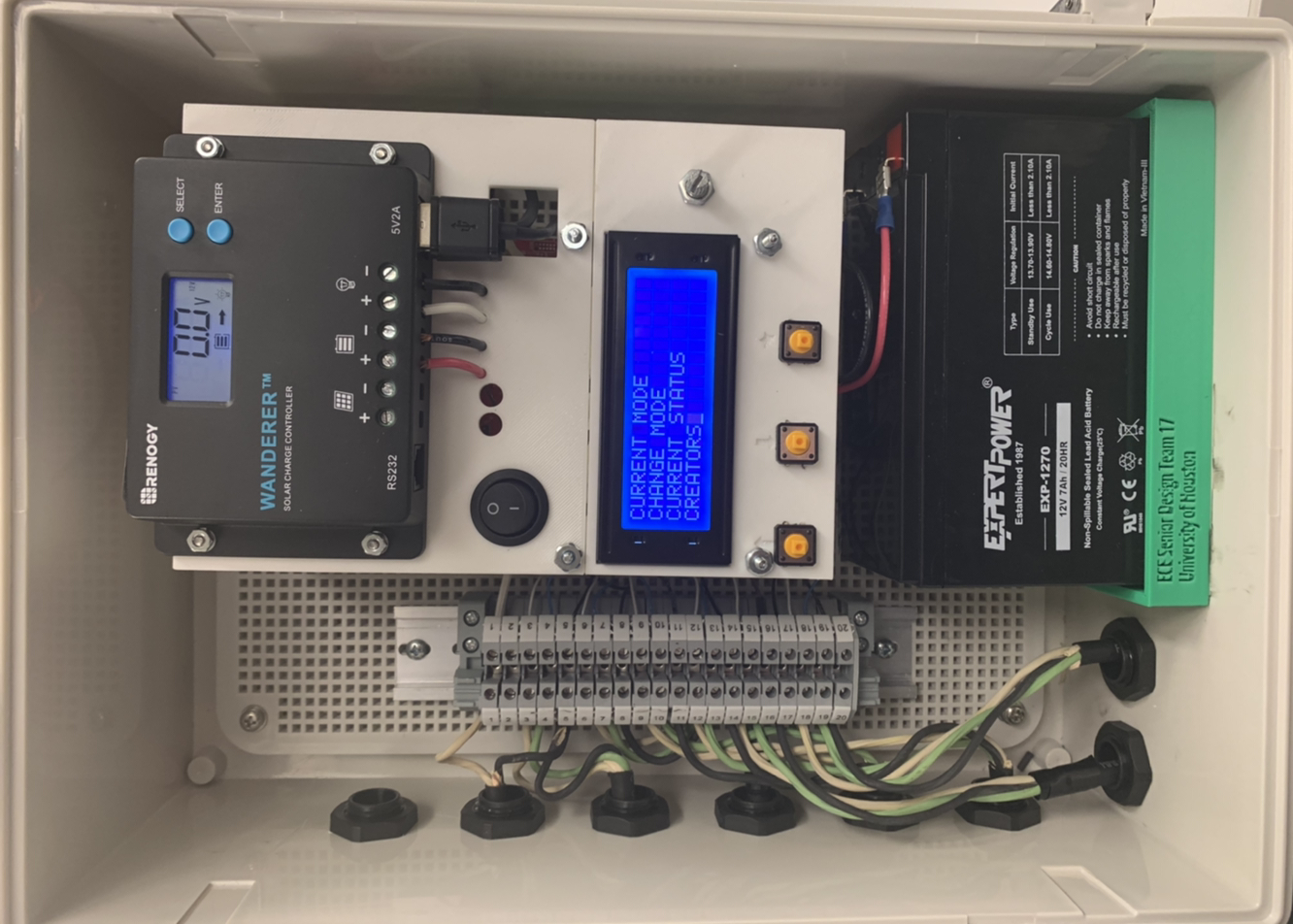
ePortfolio:
For my leadership minor, I had to create my own ePortfolio. I was given the option to use services that allowed me to make a website from a template (such as Wix). However, I decided to take up the challenge of making my own website from scratch so I could enhance my coding skills. I never had experience in web development, and I could not think of a better time to learn! Using online resources like YouTube channels, Web Cifar and Brian Design, I learned how to make my own website using HTML, CSS, and JavaScript. After putting more than 100 hours into this project, I am thrilled by the end result! I learned a lot about web development, like making the website responsive (so it works on everything from a TV to an iPhone), using online form readers for the contact form, the use of GitHub, and so much more. I am grateful that I took this challenge upon myself since I learned a lot, and I can finally say that I created a website!
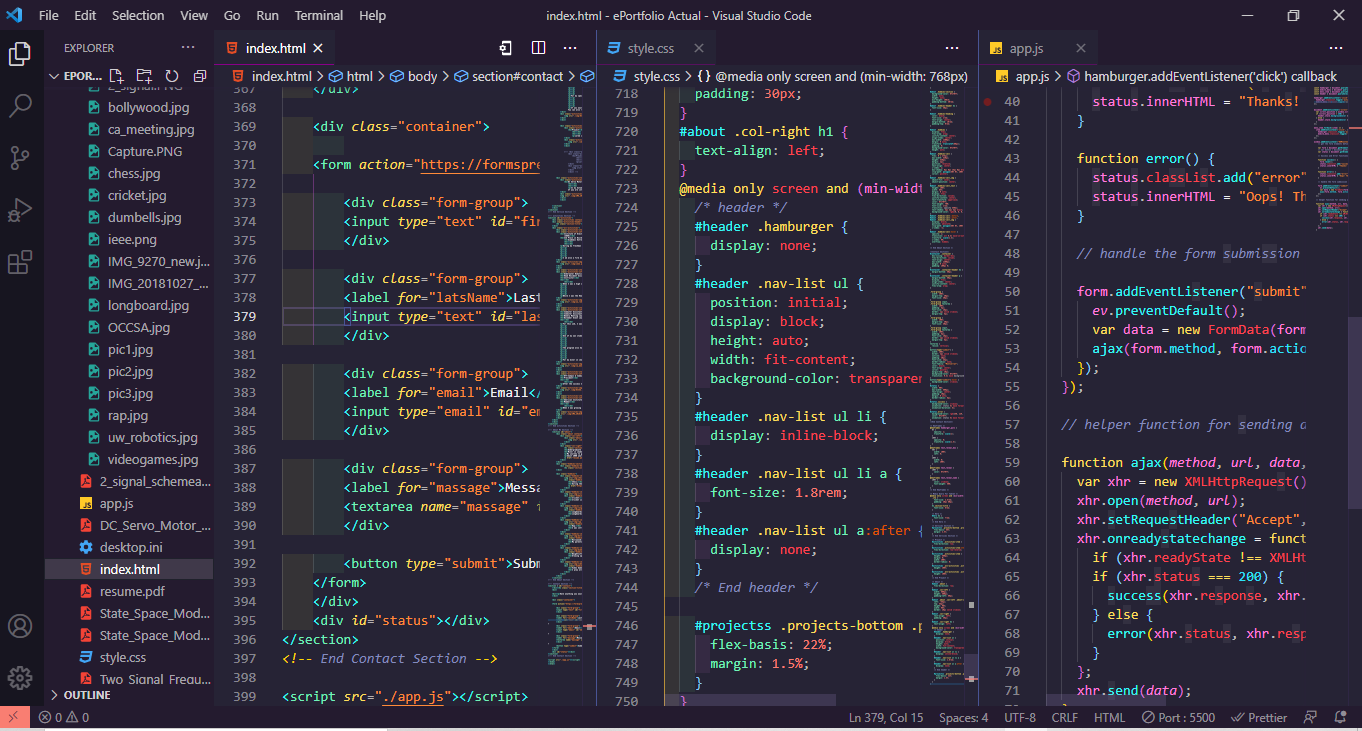
State-Space Analysis of Bicycle Dynamics:
So that I could understand State-Space analysis, I decided to challenge myself by designing a controller for a bicycle, which I would simulate using MATLAB. I used physics and linear algebra to derive a preliminary State-Space model to describe the motions of a bicycle. I also did research to find values that were typical to a bicycle so I could model the “average bike”. Finally, I used MATLAB and coded a program that analyzed the system. Using my program, I proved that the system is linear, time-invariant,controllable, and observable. Using Simulink, I created Block Diagrams to check different cases of a controller — the initial open-loop scenario, when control and reference tracking is added. I then ran the simulation to analyze the control system and confirmed that my controller was able to stabilize the system quickly.
I made a POWERPOINT that summarizes my project, and I presented it as well. If you would like, please check my VIDEO presentation. You can also see my project REPORT.
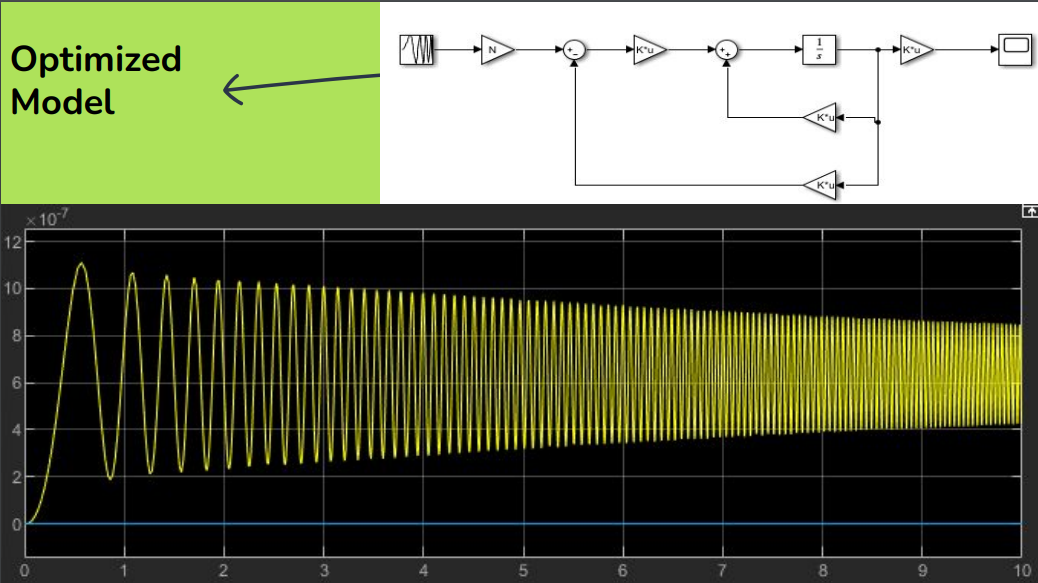
Two Signal Frequency Meter and Comparator:
When I took my Electronics Lab, I was assigned to create my own circuit with three other teammates. My team decided to build a device that provided a voltage that is linearly proportional to the frequency of an input signal (any type of signal), with every 1 [kHz] outputting a voltage of 1 [V]. For example, if we had an input signal which oscillates at 10 [kHz], our system would output a voltage of 10V. Our device works with frequencies ranging from 100 [Hz] to 10 [kHz]. My team also added a comparator - which can take in two inputs - and output the difference between the two signals’ frequencies. My group worked together on this project for a semester to do extensive research and countless hours of fine-tuning our device. The device we made was very precise, with error usually being less than 1%.
My role was to research and implement the Transistor Charge Pump, where the actual frequency to voltage conversion occurs. I used two capacitors to filter the frequencies. I used two other capacitors to transform any input signal (such as a sawtooth signal) into a square wave so our device could work with a consistent signal, which gave us precise calculations. I also used a diode to stop backflow into the capacitors. My design used resistors to provide consistent voltages to the pump, with potentiometers allowing the user to fine tune the signal’s voltage. The design also uses a BJT transistor, which ensures that the voltages across the capacitors are about the same.
If you would like, you are welcome to check the device’s SCHEMATIC. You can also read our full REPORT.
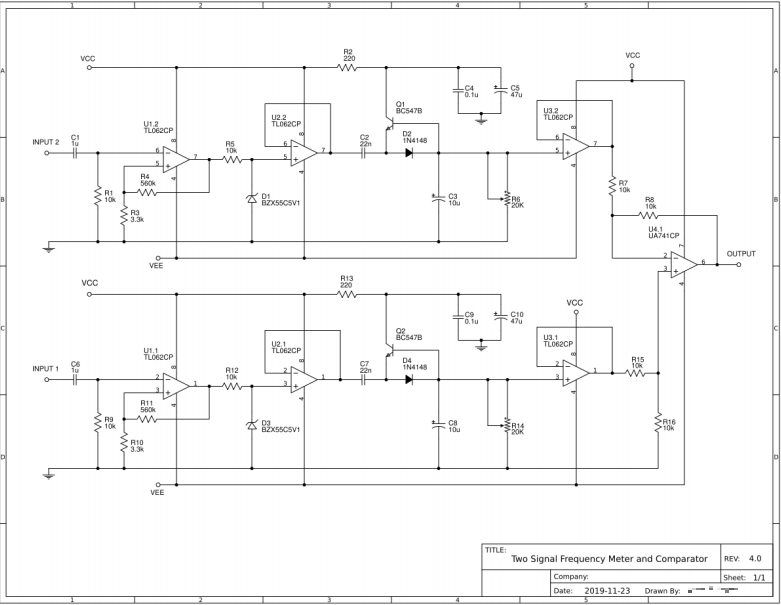
Traffic-Light Controller:
For this project, I needed to design a controller for traffic lights placed at an intersection of two streets - one street running north-south and another street running east-west. This problem was so nice, I had to do it twice - once using Logic Gates, and another time using ARM Assembly.
Logic Gates:
To properly track if a light should turn on, we needed to consider ten different states. Using a Karnaugh Map, I created a transition table that modeled the Bit Counter (so the different bits translate to 4 different switches, which model the different cases observed by the light). JK flip-flops were used to create a more concise circuit. Using Boolean Algebra, the outputs were figured out for the controller. Using SimUAid, I was able to run simulations, and saw that my analysis was right. Finally, I was able to build the controller using four JK flip-flops, and a couple of AND and OR gates. You are welcome to see the Karnaugh Maps, Boolean Algebra, SimUAid simulations, and circuit HERE.
ARM Assembly:
I also made this project using ARM Assembly. This language is really precise, and with it, I can individually control what information is stored in individual registers. While it is a complicated language, I was able to compact the circuit that was made using logic gates as the code stored all of the logic information. Using ARM Assembly, with a TI Tiva Launchpad used as the platform for the code to work, I created a successful controller. I had to download different commands into the Launchpad’s ROM, where we got a clock to recognize different scenarios. Finally, I had to program the different scenarios in the RAM section of the Launchpad. If you would like, you are more than welcome to check out the PROGRAM I wrote.
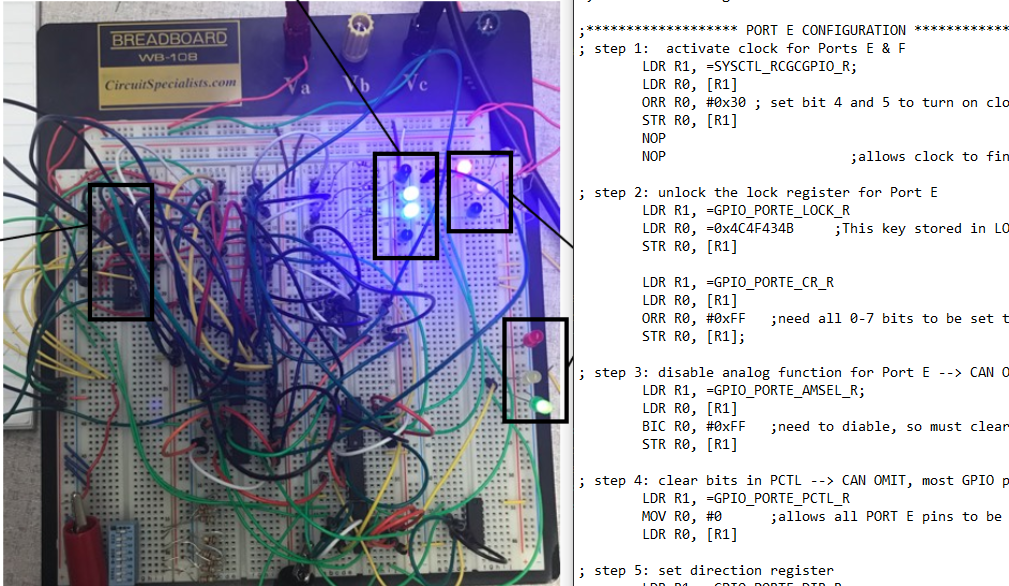
DC Servo Motor PID Controller:
In my Automatic Controls class, I was assigned to develop a PID controller for a DC servo motor. The goal of the project was to make a rail-cart, which had a rod sticking up, go through a spinning, slotted wheel. We were assigned to make a controller that allowed the cart to go through the slotted wheel, with the rod going through the thin slot. I had to research the Dc servo’s transfer function, decide a proper DC servo motor, and derive a proper block diagram for the overall system. Using MATLAB’s Simulink functionality, I was able to conduct an analysis for the PID I was designing. With the simulation, I was able to assign the proper coefficients for the PID values for the M642E DC servo motor. If you are interested, you are more than welcome to read my full REPORT.
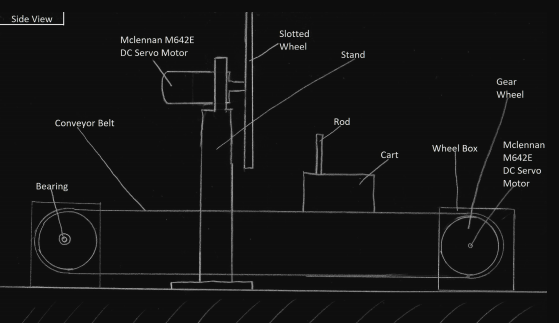
My Activities
Institute of Electrical and Electronics Engineers (IEEE)
2nd Place in Build-a-Bot Competition
Academic Outreach Committee Member
Fall 2017 - Spring 2021
During my freshman year, one of my professors recommended our class to visit the first IEEE meeting of the year. In attending their meeting, my life was changed forever. Through my involvement in IEEE, I learned how to code projects using C/C++ using Arduino and TI Launchpad MSP430 microcontrollers. The highlight of my IEEE journey was when I competed in the annual Build-a-Bot competition. For this competition, teams were challenged to create as many projects as possible using an Arduino Uno and sensors in a span of 4 hours, While it was intended for teams of four, our team competed with only three members. In spite of this, we managed to win second place in the competition! We built a lot of projects: step-tracker, mini-robot, temperature detector, wetness detector, a party machine (we used LEDs and a speaker), loudness- displayer, and even a fire-alarm.
I am also a firm believer of giving back to the community. I was also part of the Academic Outreach Committee, and our goal was to teach local students (all the way from elementary school to high school) about the awesomeness that is electrical engineering. We demonstrate everything from basic circuitry to motor-demonstrations, and I absolutely cherish engaging with the youth and showcasing what I learned in college. I even organized an event for the high school I attended. Working with my own high school physics teacher, we were able to teach the basics of KVL and KCL using breadboards.

Underwater Robotics Program
Head Resident Assistant
Instructor
Summer 2016 - 2017
When I was a high schooler, I attended the Underwater Robotics Program at Texas A&M University, Corpus Christi. I was elated when the program coordinator selected me to become the Head Resident Assistant when I became a college student. Let me tell you that, from personal experience, few things are harder than controlling a bunch of hormonal teenagers during a summer program. The program received some complaints about some of the teenage boys, who were being too rambunctious, and asked me to calm them down. So, using a little bit of creativity, challenged the boys to line up and have a push-up competition. We all got on the floor and churned out as many as we could. That depleted some of their energy, and I did not receive any noise complaints from the group again.
While I was the Head Resident Assistant, I was also given the opportunity to instruct the students. While I also taught building robots and mini-bridges, I was given the most responsibility when teaching 3D design to the group. I taught them AutoDesk Inventor, a software commonly used by engineers in the industry. I would personally walk around the computer lab and aid all of the students with their questions. I have a love for 3D design and printing, and I was able to translate what I taught in this program to my senior design project, where I also had to 3D print material. This program gave me an awesome experience when I was in high school, and I am extremely grateful that I was able to give back to the program!
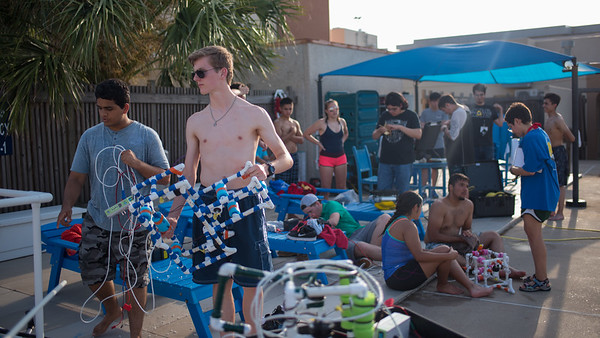
Commuter Assistant (CA) Program
Commuter Assistant
Weekly Meeting Leader
November Event Leader
Fall 2020
For this job, I was hired as a Commuter Assistant (CA) to mentor incoming freshmen who commuted to campus. Due to the COVID-19 pandemic, the CA Program took a massive hit as only about 24-40 students joined the program, which was a far cry from the previous semester’s 350 students. A CA is typically assigned around 25 students, but we were given only 2-3 students that semester. The system was failing that semester as the freshmen had nobody to interact with, and the CA were not being paid as we were paid for the time we helped our students. However, to alleviate this, I took the initiative to create a massive group chat so that all the freshmen could at least interact virtually. This was a massive success as the students finally had a group to connect with, and it also facilitated communication between the program and the students.
One of my own students shared her concern about not making friends. This was a major issue for all the incoming freshmen as the campus was closed, giving them no chance to meet people. I took it upon myself to start optional weekly meetings, where students could play virtual games with each other and make friends. I took a group of willing CA, who deemed me the Weekly Meeting Leader, and we would organize an icebreaker and game every week. Not only did this help boost hours for the CA, but also helped the freshmen interact.
The program also had monthly meetings, where the CA organized events to host around a hundred students. The group assigned me as the November Event Leader, and I was assigned to come up with a fun event and to coordinate with my supervisor. At the end, my group hosted a “carnival”, where we had an array of fun, virtual games for the freshman to play. The event was a huge success, and I learned a lot about how to work effectively as a team leader.
For my minor in Leadership, I decided to make a YouTube video which documented the struggles of the CA Program. I analyzed the use of servant leadership can help success during times of hardship. You are welcome to watch my VIDEO.
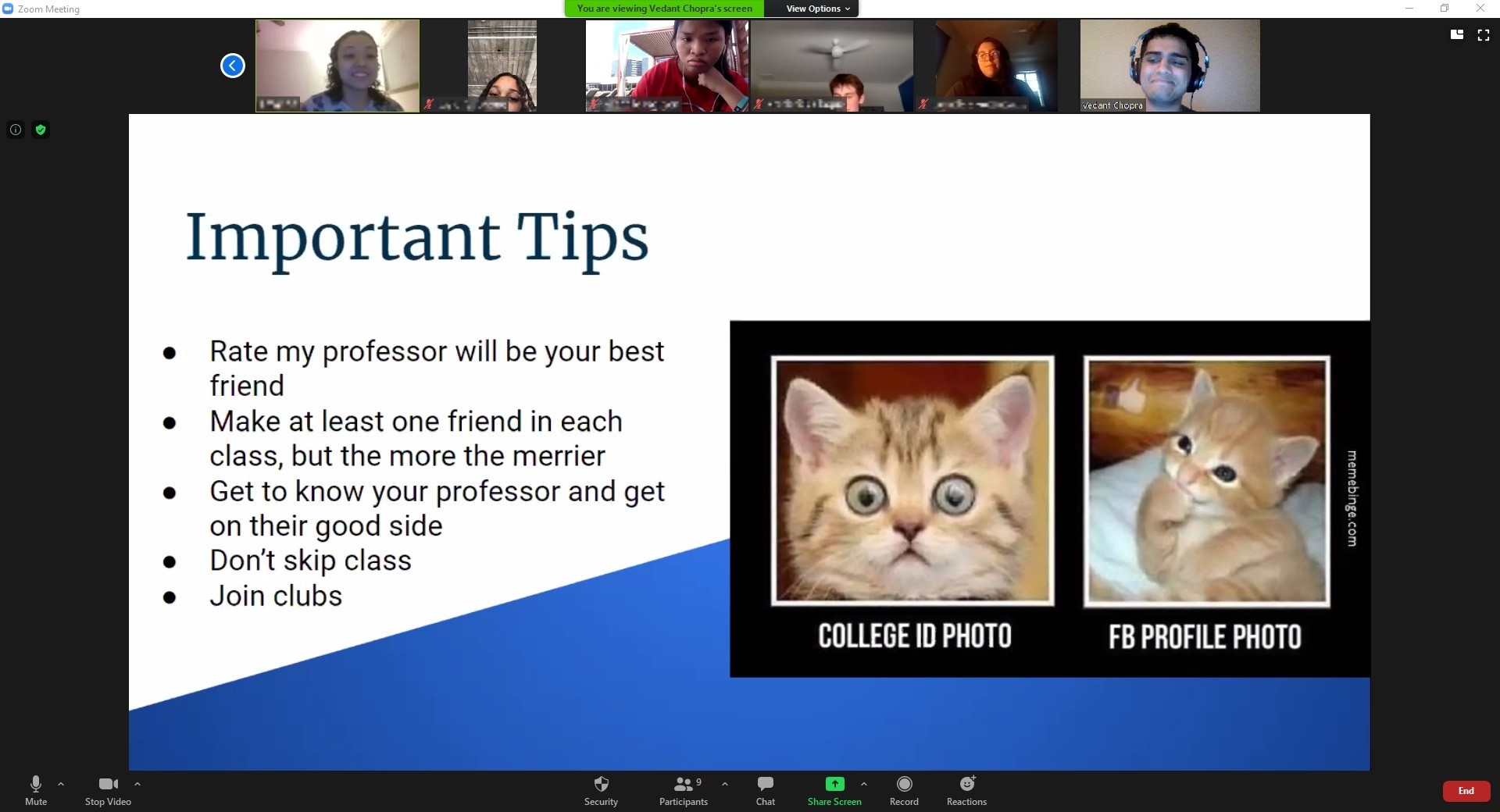
Off-Campus & Commuter Student Association (OCCSA)
President
Spring 2021
After the success I had in the Commuter Assistant Program, my supervisor asked me to restart the Off-Campus & Commuter Student Student Association (OCCSA), which disbanded after the previous team graduated. The goal of OCCSA is to give a voice to off-campus and commuter students and their concerns, as well as create an environment where off-campus and commuter students can connect with others in the University of Houston community. As the President of the club, my officers and I organized monthly events to create fun activities for any interested students. Some of the most fun activities we organized were a game of Jeopardy, Bingo, and even a virtual tour of a museum. I enjoyed the responsibility I was given as it gave me the chance to be creative, and I had a blast working with my officers!
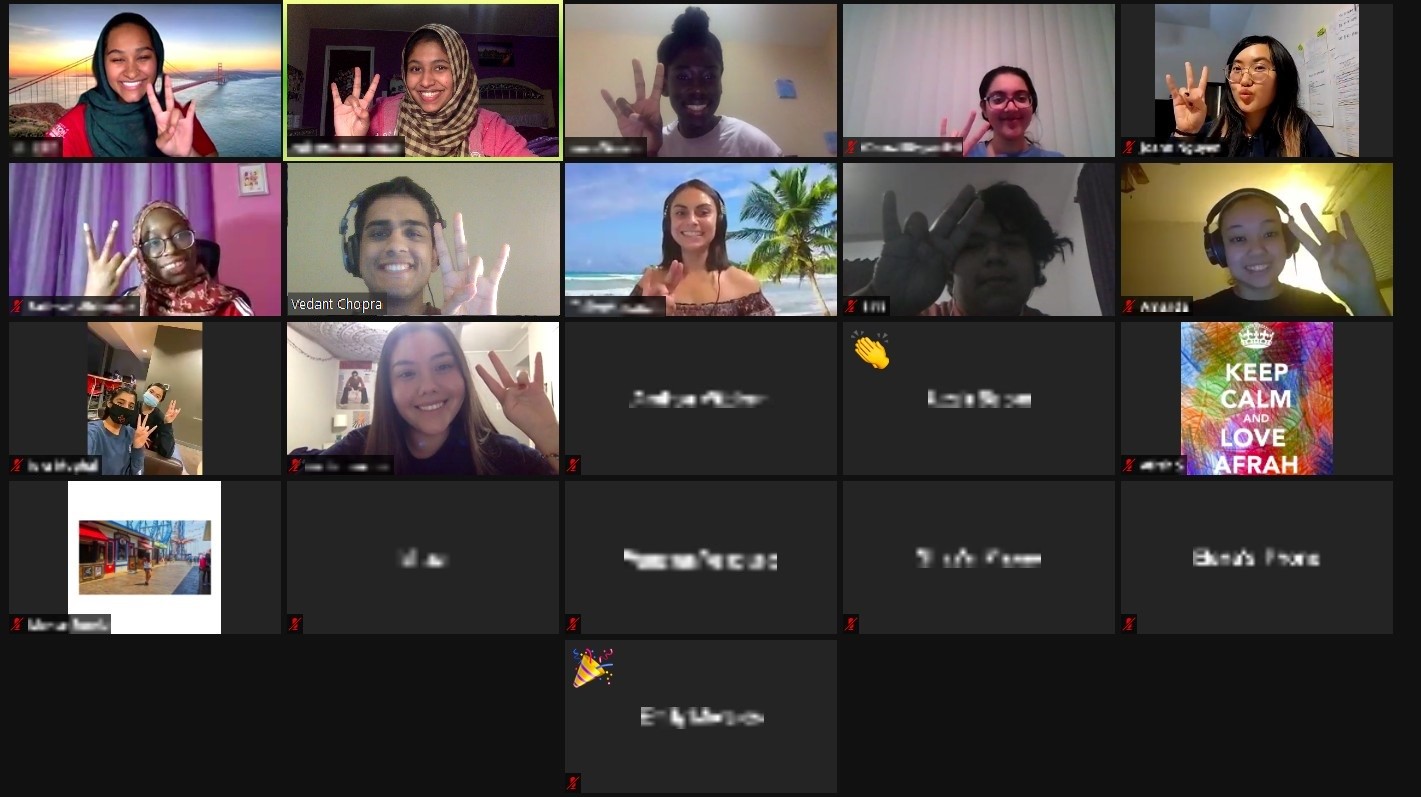
American Institute of Aeronautics and Astronautics (AIAA)
Member
Spring 2018 - Spring 2020
When I was growing up, I would often hear the phrase “it’s not rocket science”, and I would think what exactly the idiom meant. Well, I found that answer when I joined AIAA, where we build rockets and launch them. Here, I worked specifically on the payload, where we assisted a research team. In the payload, there were different types of transistors, and we were collecting data from the transistors so that we could learn how they were affected by the extreme conditions of a lying rocket. Since I had experience in circuitry, I also aided in putting the circuitry together inside the rockets. I learned how to work as a group to achieve a successful design, and also had the opportunity to teach soldering to some of the students.
.jpg)

About me
Undergraduate Electrical Engineering Student
Minor in Leadership
My journey to getting a degree in Electrical Engineering started in fifth grade. My science teacher told our class to use our creativity to design a machine that will help mankind. Inspired by my passion for making the Earth cleaner, I designed a machine that would produce a black hole to suck all the landfills and eliminate our trash crisis. In hindsight, this was a TERRIBLE idea, as my design would not only make trash disappear, but also the entire solar system. But hey, I was just a passionate twelve year old. However, through a few growth spurts and voice cracks, my passion for “making the Earth cleaner” stayed with me. Now that I’m a bit older and wiser, I wish to specialize in Renewable Technology, which I want to further learn when I do my Masters in Electrical Engineering. During my time at the University of Houston, I have developed a passion for Power Engineering and Information Technology, and I can’t wait to see what my future has in store for me!
About 2000 years ago, Julius Caesar famously described one of his victories as “veni, vidi, vici”, which roughly translates to “I came, I saw, I conquered”. While I hope not to become a dictator, I do live by this quote. There is nothing I can’t achieve with a smile and elbow-grease (excuse the double negative haha). My future goals are to become a Professional Engineer, and to oversee projects that help further Renewable Energy. Thank you for visiting my website (which I coded), and I hope you find it enjoyable!
Download My CV / ResumeMy Hobbies

CHESS:
During the pandemic, I picked up on chess- my newest hobby. I am in the top 25% of players on chess.com. Click HERE to check out the games I’ve played and my stats.

CRICKET:
Cricket is an obsession for me - I even wake up at 2 a.m. in the morning to watch matches! I also love playing it, and enjoy batting and bowling equally. The Indian team is the best in the world.

LONGBOARDING:
Longboarding was the first hobby I picked up in college. I enjoy riding the board around so that I can make my classes on time, while looking cool. It is also a great exercise.
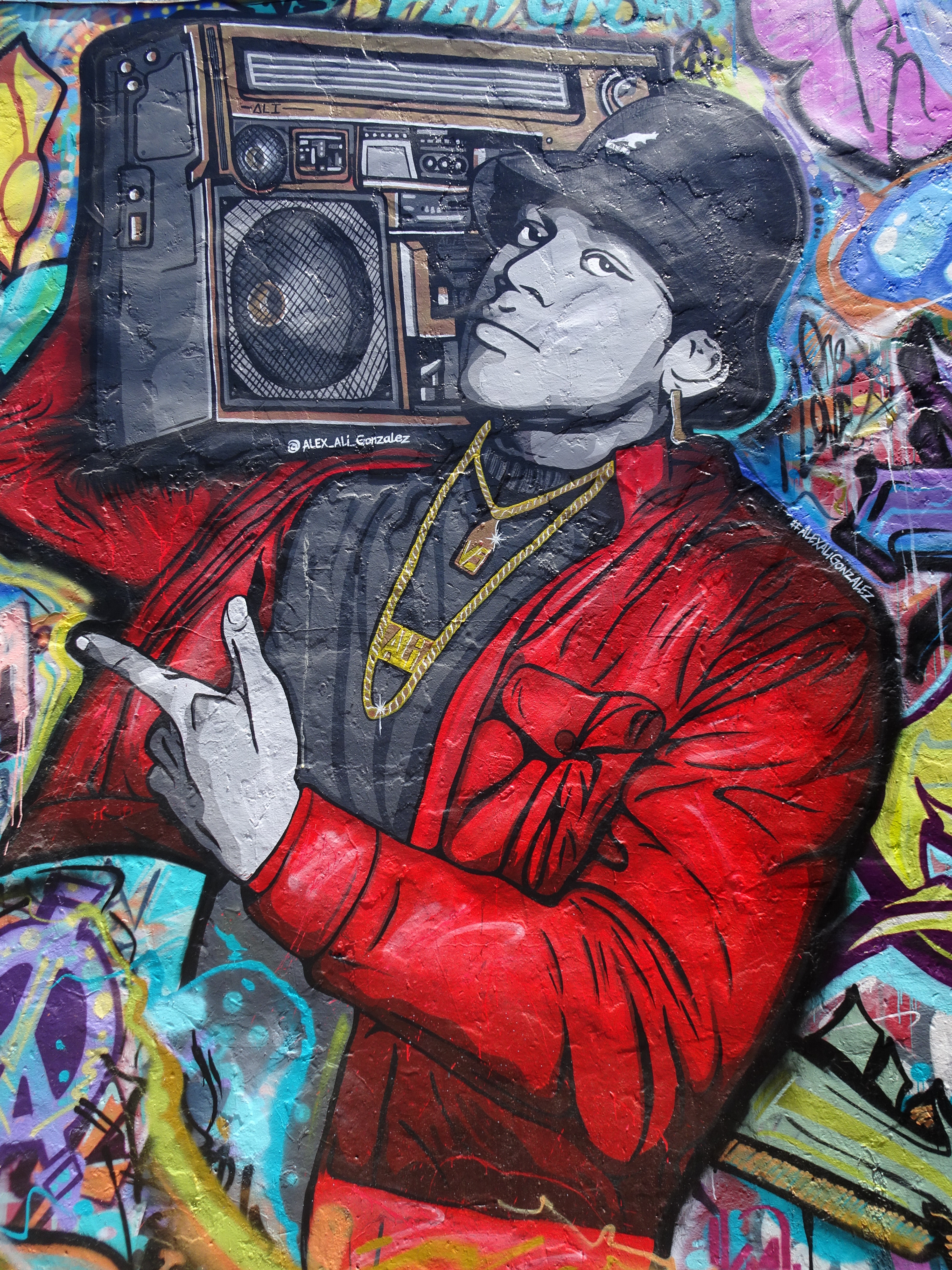
RAP:
I was introduced to rap when I was 5 years old, and it’s still my favorite genre of music. I even claim to be an expert, and I enjoy the wit and creativity used in the music.
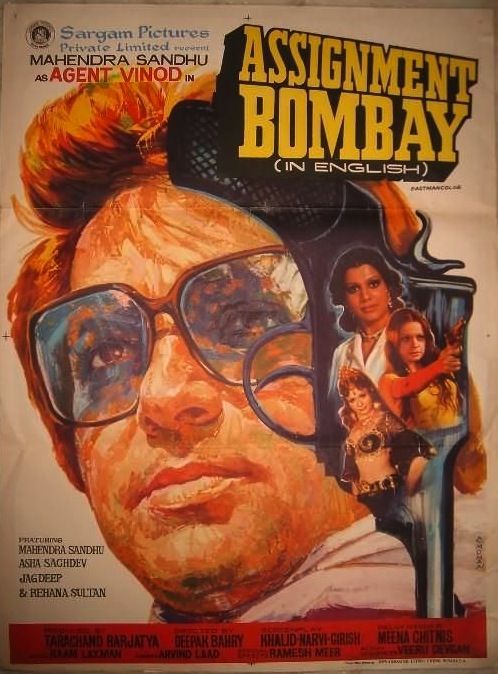
BOLLYWOOD:
My parents are huge bollywood fans, and it trickled down to me. I grew up watching bollywood movies and songs, and I still love it. Comedy movies are my absolute favorite.

WEIGHTLIFTING:
Growing up, I was a “big” kid, weighing 215 lbs at my max! However, when I was caste into a play, I knew I had to lose weight. After losing 40 lbs, it’s now a hobby! I never skip leg day.

VIDEO GAMES:
I play all types of games, and I enjoy everything from Pokemon to Call of Duty. My favorite game is Assassin's Creed, especially since this franchise explores history and world cultures.
Contact Me
Have anything you would like to ask me? I would love to get in touch!